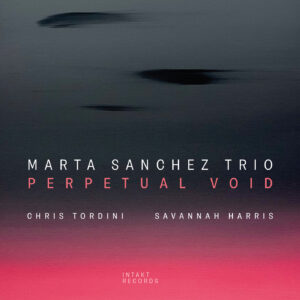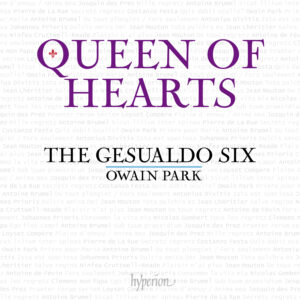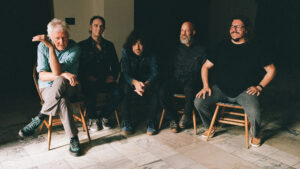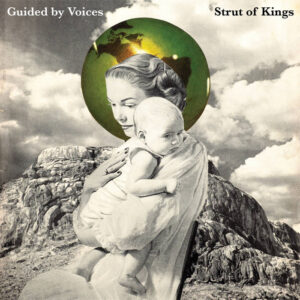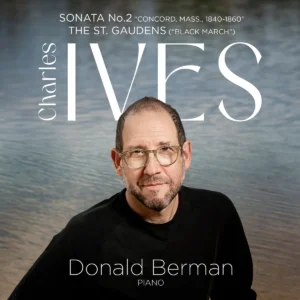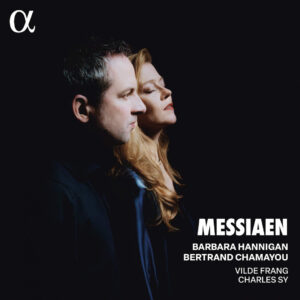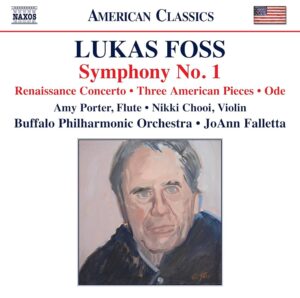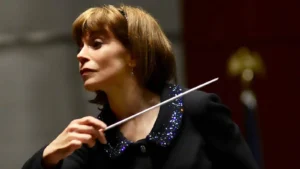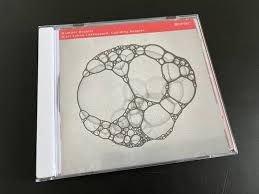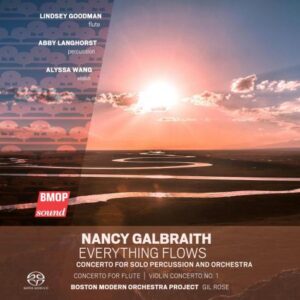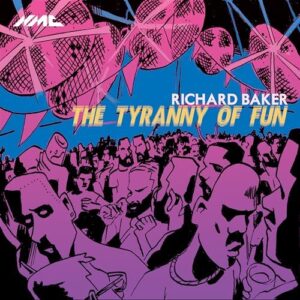Marta Sanchez
Perpetual Void
Intakt CD 421
Jazz pianist and composer Marta Sanchez was born in Madrid and now resides in Brooklyn. She presents eleven originals on her fifth recording, Perpetual Void (Intakt, 2024). Usually Sanchez performs and records with a quintet featuring two saxophonists. Here, in her first trio outing, she is joined by bassist Chris Tordini and drummer Savannah Harris. The leaner lineup works well, as it allows Sanchez abundant room to solo and, moreover, to express elements of the emotional journey that transpired during the time she composed the works on Perpetual Void. She had lost her mother and subsequently coped with frequent insomnia and anxiety.
The tracks are titled to reflect these challenges. “I Don’t Wanna Live the Wrong Life and Then Die,” which opens the album, is uptempo and nervous-sounding, Sanchez and Tordini run through presto melodic lines while Harris lets rip on both crash symbols. This is followed abruptly by “3:30 AM,” which once again presses the tempo and uses crunching half steps and abundant syncopation to channel an angst-filled bout with insomnia.
“Prelude to Grief” is a solo by Sanchez with the yearning bird calls of early morning set against wide-ranging arpeggiations and biting dissonant attacks. It is followed by “The Absence of People You Long For,” a mid-tempo ballad with an offset duet between piano and bass and subtle percussion effects. “Perpetual Void” has a chromatic melody overlaid with Latin rhythms. The second time through, a countermelody in the bass is juxtaposed against it. Sanchez’s solo is the most overt use of Spanish and Latin American materials, and it exudes a sense of exuberance. Tordini accompanies with bits of the countermelody interwoven with a walking line. Harris’s drumming is virtuosic, following the melody and adding ample fills.
“The End of That Period” allows for a momentary cessation of the previous intensity, with a major key melody split between piano and bass and economical drumming. On “Prelude to a Heartbreak,” Sanchez again plays solo, building arpeggios in both hands into faster and faster gestures. The piece’s coda is a slow exploration of tender harmonies and tuneful feints. “The Love Unable to Forgive” spotlights Tordini, who plays ostinatos and a bass tune that guides the proceedings. After Sanchez contributes a mercurial solo, she rejoins Tordini on the ostinato passages, dovetailing in counterpoint with the bassist. “Black Cyclone” has an intense opener, with stabbing fortissimo jabs, followed by a swinging melody and zesty harmonic changes.
Eventually the album announces a turn. With “This is the Last One About You,” a blues-inflected tune and driving tempo are bounteous terrain for fleet soloing from all three members of the trio. The final track, “29B,” is a fiery climax. After Sanchez’s solo, Tordini shares a slower one of his own, building to a final section that adds the other players and speeds back up to the original tempo, ending abruptly.
One hopes that Perpetual Void proves to be cathartic for Sanchez. Her lived experiences are exemplified in this moving and musically superlative set of compositions: recommended.
-Christian Carey
